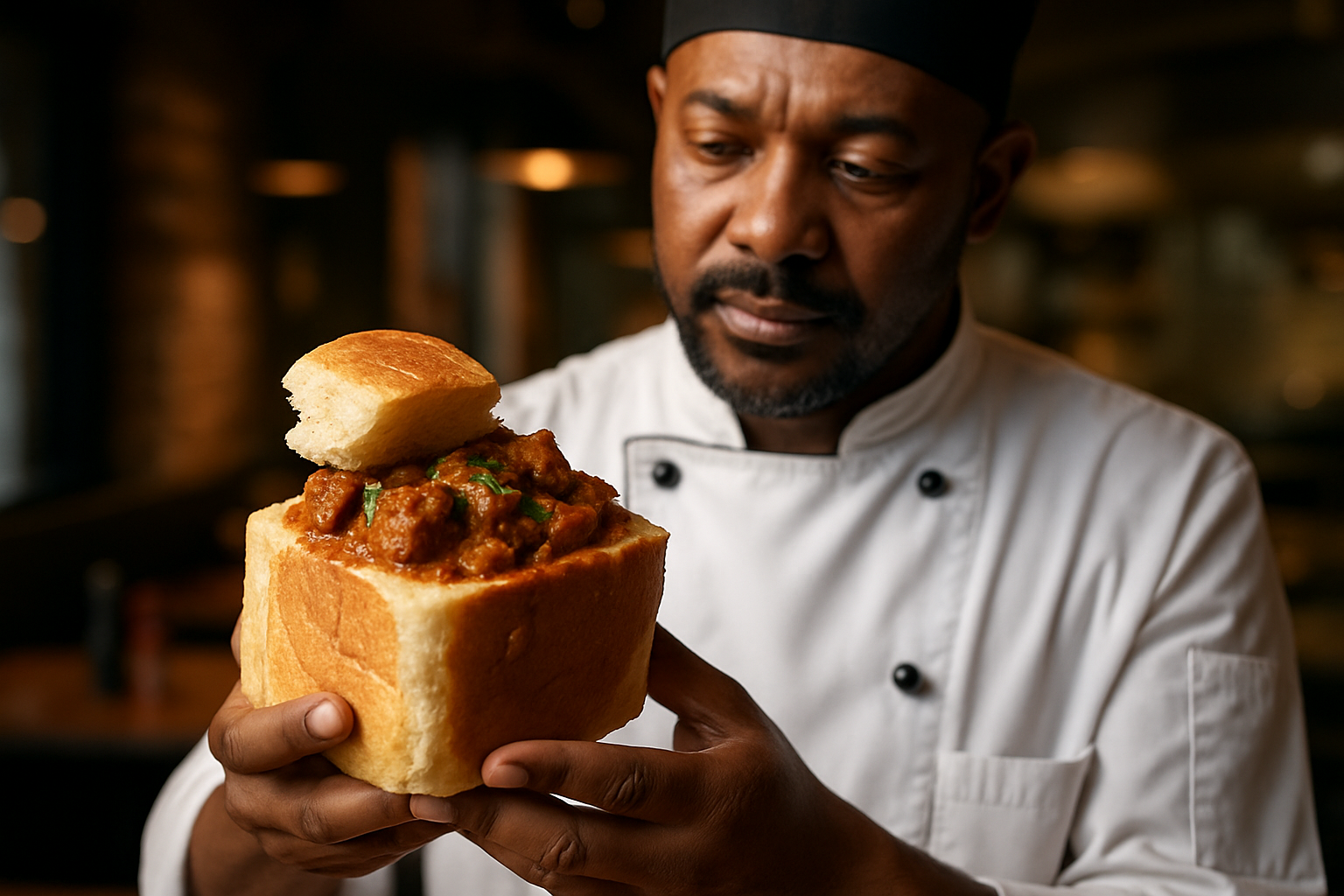The Culinary Cinema Revolution: Taste on Screen
In an era where visual storytelling continues to evolve, a new trend is captivating audiences and critics alike: culinary cinema. This innovative genre blends the art of filmmaking with the sensory allure of gastronomy, creating a feast for both the eyes and the imagination. As food culture permeates social media and lifestyle content, filmmakers are now turning their cameras to the kitchen, crafting narratives that simmer with passion, creativity, and the universal language of flavor.

From Kitchen to Camera: The Technical Challenges
Filming food is an art form in itself. Cinematographers and food stylists work in tandem to capture the essence of culinary creations, often employing specialized techniques to make dishes appear appetizing on screen. This includes using stand-in ingredients that can withstand hot lighting, creating steam effects to suggest warmth, and utilizing macro lenses to capture intricate details of textures and colors. The challenge lies in translating the multisensory experience of eating into a primarily visual medium.
Narrative Flavors: Storytelling Through Cuisine
At its core, culinary cinema uses food as a vehicle for storytelling. Films like Chef (2014) and Burnt (2015) explore themes of passion, redemption, and personal growth through their protagonists’ culinary journeys. Meanwhile, animated features such as Ratatouille (2007) use the world of haute cuisine as a backdrop for tales of dreams and determination. These narratives often resonate deeply with audiences, tapping into the emotional and cultural significance of food in our lives.
Cultural Exploration on a Plate
One of the most powerful aspects of culinary cinema is its ability to serve as a window into different cultures. Films like Eat Drink Man Woman (1994) and The Hundred-Foot Journey (2014) use cuisine as a lens through which to examine cultural identity, tradition, and the immigrant experience. By focusing on the preparation and sharing of food, these films offer insights into societal norms, family dynamics, and the ways in which culinary traditions evolve and adapt across generations and borders.
The Impact on Food Culture and Tourism
The rise of culinary cinema has had a tangible impact on both the food industry and tourism. Films that showcase specific cuisines or restaurants have been known to spark increased interest in those culinary traditions and destinations. For example, the release of Jiro Dreams of Sushi (2011) led to a surge in reservations at the featured sushi restaurant in Tokyo, while Julie & Julia (2009) reignited interest in Julia Child’s cookbooks and French cuisine among American audiences.
Critical Reception and Academic Interest
As culinary cinema continues to evolve, it has garnered increasing attention from film critics and academics. Scholars are examining how these films reflect and shape our understanding of food, culture, and identity. Some argue that culinary cinema offers a unique form of sensory storytelling, engaging viewers on a visceral level that transcends traditional narrative techniques. Critics, meanwhile, debate the balance between authenticity and romanticization in portrayals of culinary cultures and professions.
The Future of Culinary Cinema
Looking ahead, the genre of culinary cinema shows no signs of cooling down. Emerging technologies like virtual and augmented reality present new possibilities for immersive food-centric experiences. Meanwhile, the global focus on sustainability and ethical consumption is likely to influence future narratives, potentially leading to films that explore the intersection of cuisine, environmentalism, and social justice. As our relationship with food continues to evolve in the digital age, culinary cinema stands poised to capture these changes, serving up stories that nourish both the mind and the senses.





